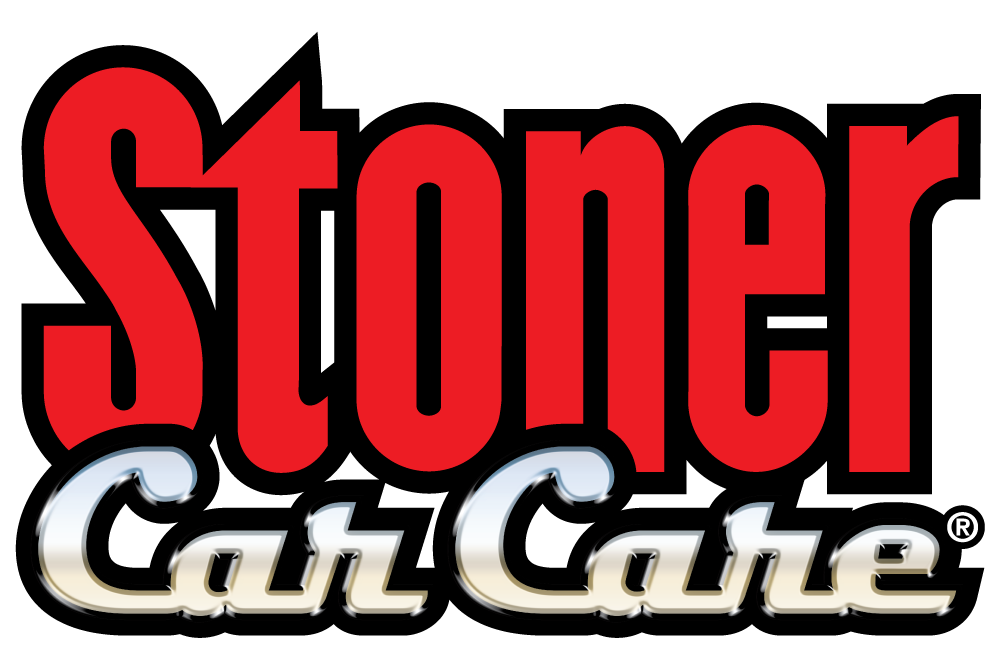Clear vision ahead with our holiday markdowns on Invisible Glass Ceramic Silicone Wiper Blades. Prices as marked.
Why spend the extra effort and time to shine your tires? There are many good reasons. Not only is it aesthetically pleasing, but it also protects, repels natural elements, and prolongs the lifespan of your tires. Today, we’ll break things down step-by-step on how you can make your tires shine in no time.
To make your tires shine: Presoak tires, fill two buckets, apply cleaner, scrub, rinse again, and apply tire dressing.
Tools required include:
- Tire brush
- Wheel Cleaner
- Two buckets
- Tire dressing
- Tire dressing applicator
- Microfiber towel
The required tools list is as simple as the cleaning process. We recommend a specialized tire brush. Many common cleaning brushes have hard bristles, which can scratch your tires or rims. Pick up a specialized tire brush to ensure that the bristles are firm enough to remove debris without damaging your tires.
Homemade cleaning solutions can work in some instances, but we recommend using automotive cleaning products engineered for optimal performance. These solutions dissolve brake dust, road grime, tar, oxidation, and other materials that can linger on your tire’s surface. Check out Stoner Car Care’s wheel cleaner if you’re considering your options.
Now for the product that’ll make your tires shine. Tire dressing gives an aesthetically appealing shine while providing long-term protection. If you’re evaluating tire dressings, check out More Shine Tire Finish. This convenient aerosol is fast and easy to apply, and does not foam, streak, or sling whatsoever. You can apply one coat for a satin finish or multiple coats for a high gloss finish. It’s an excellent option for those seeking an effective, user-friendly tire dressing.
Last, you’ll need a tire dressing applicator pad. Microfiber towels can work, however they’re highly absorbent and inadequate for covering tires. Applicator pads are great for wiping tires because they evenly spread the dressing rather than absorbing it.
Presoak tires
Something to keep in mind before you apply any cleaning product: pick where you clean your car, carefully. Do not park in bright sunlight because the cleaning chemicals may evaporate before they can take effect.
Rinse off as much loose grime as possible with either a hose or pressure washer. Work the water from several angles. Rims often have complex, styled designs that present perfect hiding spots for dirt and debris. Keep the tires as wet as possible as you clean. The water provides lubrication which can prevent scratching throughout the cleaning process.
Fill two buckets
While you have the hose set up, you should fill your buckets. Why two buckets? You’ll need one for soapy water and another for dirty water. Using the same water over and over will hamper the cleaning process. Reapplying dirty water filled with debris will not only slow down the job – it can damage your tires. Dirty water will contain brake dust and other hard debris that can easily scratch the surface when wiped, scrubbed, or brushed.
Apply cleaner
Now it’s time to apply your tire cleaning agent. Apply the cleaner and begin scrubbing the top of the tire, working your way down with time – which prevents tire grime from running down over a clean wheel. Allow the warm water and soap to dwell on the tire for the recommended amount of time so it will lift soften and lift dirt from the wheel.
Scrub
Some areas of the wheel might have stubborn spots of brake dust or grime. Repeat scrubbing and rinsing to address these areas. Focus on one wheel at a time, moving onto the next when you meet the desired result.
Use a circular scrubbing motion for all areas of the tire. This is the perfect spot in the cleaning process to address dirt and grime on the tread of the tire, since there hasn’t been any tire dressing applied. Move the car forward or backwards to address all areas of the tread if needed.
Final rinse
There’s a chance that your wheel cleaner has acidic properties that can harm the wheel if left on and dried – especially with homemade vinegar-based solutions. It’s best to not let these chemicals linger on the wheel surface for too long. Conduct a final rinse, thoroughly washing all areas of the wheel. Walk around the vehicle and look for any overspray that may have migrated onto the surrounding paint.
Apply tire dressing
Before applying tire dressing, make sure that the wheels have dried completely. Any leftover water will prevent the dressing from adhering to your tires diminishing how long it lasts and giving an uneven appearance. There are multiple variations of tire dressing on the market – including aerosols, trigger spray bottles, and even hand applied gels. All three offer unique benefits, and it comes down to user preference.
Apply the tire dressing to the tire. Beware of over-application, which can hinder drying and cause excess dressing to sling onto your paint when driving. Tire dressing is formulated specifically for tires, not paint or trim, which can be stained or damaged by sling.
If using an aerosol or pump spray dressing, spray only the sides of the tires, not the treads. This is a common mistake that many people unknowingly make. Applying tire dressing to treads will make your tires slippery which can be hazardous in some weather conditions. Again, if you want to detail the treads of the tire use a brush and soapy water.
Putting it all together
Detailing your tires and making them shine doesn’t take much time or effort and can yield great rewards. All it takes to get beautiful tires with a showroom shine is: presoak tires, fill two buckets, apply cleaner, scrub, rinse again, and apply tire dressing. Add this quick, easy process to your detailing routine and enjoy clean, shining tires for the foreseeable future.



